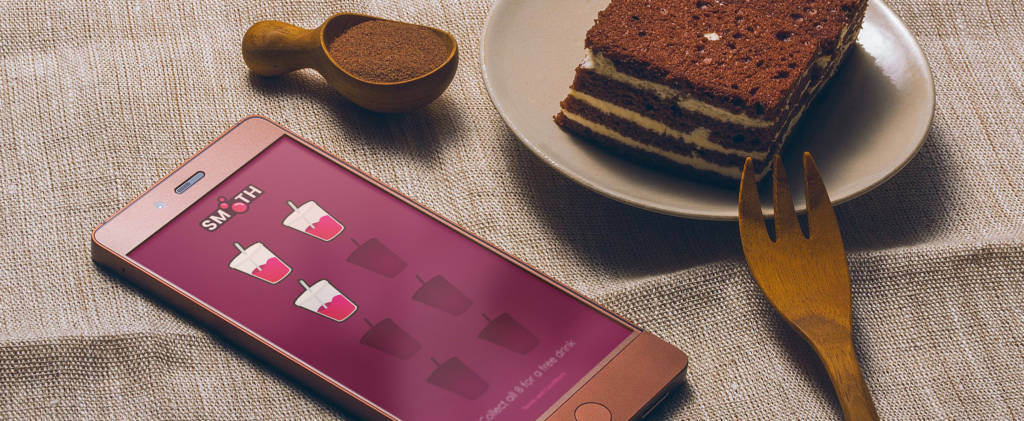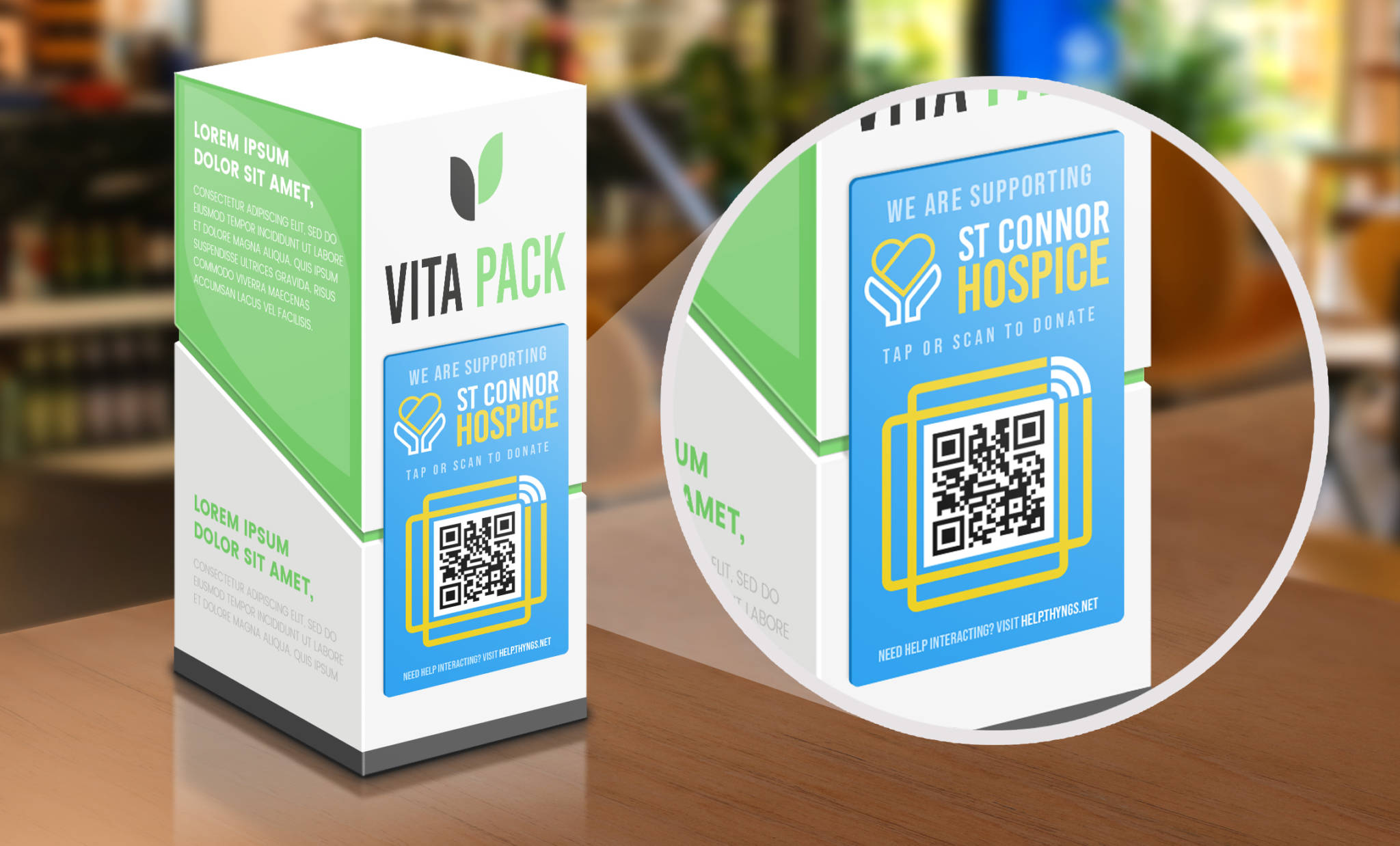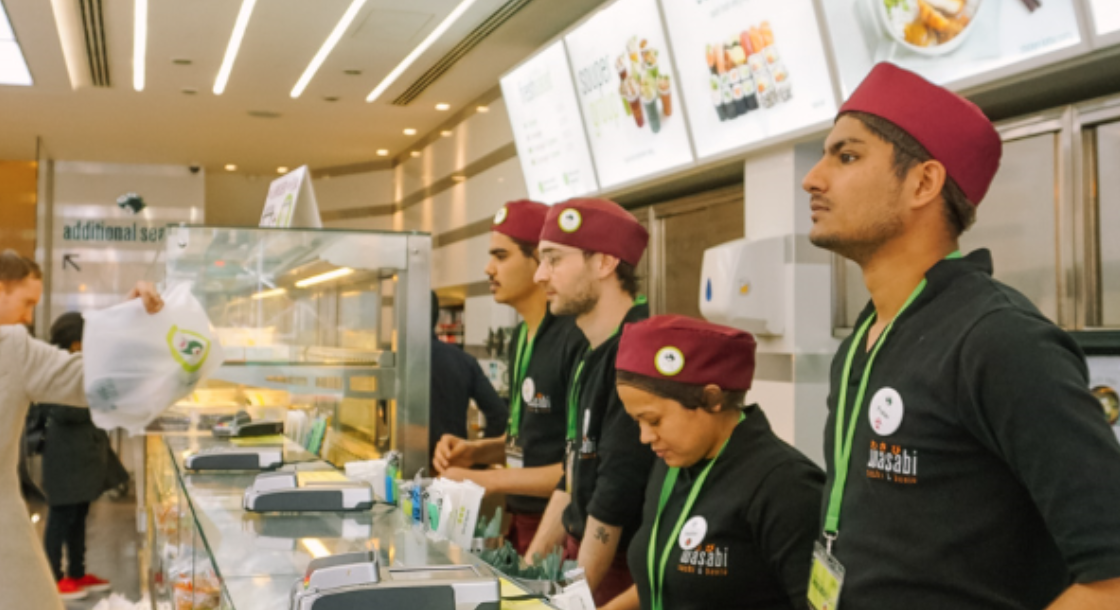
One-click consumerism, the ‘shop and go’ culture, has cemented its place in the future of commerce.
According to a report from Access to Cash Review, in 2018 card payments in the UK overtook cash for the first time and became people’s preferred payment method, with one in ten adults in the UK becoming cashless. What’s more, the report predicts the demise of cash altogether and that over the next 15 years, only 10 per cent of purchases will be made by cash.
With consumers’ increasing demand for convenience pushing us towards a cashless life, new innovative and seamless payments are being developed.

However, this mandate for convenience is a double-edged sword.
To survive in the retail industry, retailers have had to adopt new technology, and digital payments have benefitted both high street and e-commerce businesses. With over 16.3 billioncardpayments made last year, according to UK Finance, retailers have been able collate consumer data that has helped to nurture meaningful and lasting relationships with customers, and effectively tailor their shopping experiences.
However, today, our digital lives are now managed through our ever-present smartphones, and this means that retailers have to embrace new technologies. Consumers’ need for speed means that our smartphones are replacing payment and loyalty cards, and UK Finance reported earlier this year that two in five payments are now contactless. This convenience means that retailers will lose the opportunity of collating customer data and will surely impact the retail industry.
Linking contactless payment technology with consumer data collection
Will swiping or using chip & pin cards, or the process of retrieving the loyalty card from our wallet for a quick simultaneous scan become a thing of the past, in the same way as our use of cash has?
If sales are a business’ bread and butter, the data we provided in those loyalty scans - connecting the purchase to our persona - serve as the accoutrements. Not just the cake’s icing but the cherry on top, too.Contactless and more recent tap-and-go technologies, however, promise swifter transactions and in-store experiences and it’s the drive for this convenience that has become commonplace.
No-one wants the faff of carrying that loyalty card, rummaging through a physical wallet rammed with variants for every store. Eventually, the likelihood of consumers even carrying a physical wallet plummets significantly.The convenience of contactless and similar technologies reduces the need for an actual wallet and raises the standard of what consumers are prepared to accept.
Retailers need to find new ways to reconnect with their consumers, enhance the payment experience and recapture the data they’re losing. Without a digital loyalty solution, they miss out on valuable data capture and their customers no longer have incentives to shop with them.

Enhancing personalised relationships between retailer and customer
We’ve all shopped online and we all know that the experience is now easier, more convenient and quicker than ever.
Ads now target consumers based on collected search and purchase data, pushing tailored product suggestions that hope to snag our attention.
This is the retailer’s competition. Their in-store experience needs to dazzle customers enough to complete a purchase, not send them to the web later for better bargains or broader choices.
Retailers have huge opportunities offered to them through data capture. They can go deeper in to learning more about their customers and look to build stronger relationships for the future with the right kind of engagements. Retailers that can harness the power of these new technologies will reap the rewards.
Payment technologies will enhance learning
NFC and mobile payments, like Apple Pay and Google Pay, will be able to provide retailers with valuable data.
NFC enables mobile payments from the tap of a smartphone, but the capability reaches much further than that. NFC chips can be added to physical marketing collateral of any kind, opening infinite possibilities for consumer engagement with conversion rates which far outweigh other forms of marketing engagement.
From instant payments to loyalty stamp collection, and even down to enabling the order of out-of-stock items, the only limit is your imagination. It can even be used for multiple functions. For example, the technology can allow one tap to initiate purchase and record loyalty data in one action. Wasabi, a London-based chain of Japanese sushi and bento restaurants, use a loyalty solution from Thyngs to power their Wasabi Club. With over 73,000 unique members of the club, Wasabi is able to understand more about the behaviour of their customers, enabling the brand to deliver more personalised online experiences, connect with customers, as well as evolve and deliver consistent customer satisfaction with easy in-store rewards.
This tech is notably app-free which makes the investment for brands a lot lower and is easier to trial and test campaign and adoption rates.

Driving loyalty in this new payment era
It has been widely discussed that traditional loyalty schemes need to evolve along with the times or they will fail. Savvy businesses know that they can use technology, such as NFC, to enhance consumer experiences, offering a one-tap solution which initiates paymentandrecords loyalty. However, the real value of this comes from ensuring they have a solution which learns, incentivises, encourages repeat custom and, mostly importantly, keeps the customer at the heart.
Having a loyalty experience that relies on registering loyalty card details elsewhere is immediately more cumbersome and destined for failure. The loyalty journey for a consumer needs to be as seamless and convenient as the payment process itself.
Overcoming barriers to adoption
Beyond ensuring correct integration with a POS terminal to allow both contactless payments and loyalty recognition, there are very few barriers to adoption. With NFC solutions, you have a hassle-free experience with no expensive outlay or physical hardware integration requirements.
The sole barrier to this approach is awareness and adoption of NFC. While Android users have been used to generations of smartphones enabled to use NFC, Apple have only relatively recently opened this function fully on their XS/XR and newer iPhones.
However, by creating app-free experiences and getting creative with exciting, interesting ways to engage, consumers will gradually start to push for more interaction and tapping behaviours will become more embedded in shopping journeys, driving a further increase of adoption.

Dr Neil Garner, CEO and founder,ThyngsItProPortal

